 14 years old
14 years old I am exactly 14 years old (plus one day).
I am a student in my ninth year,
at Sir Allan MacNab High School.
At my tallest, I am five foot seven.
My eyes are greyish-blue
And my hair is blond but almost brown.
I am older than Mali, Tara and Darryl,
Younger than Lisa, Shauna, Cindy and Lori.
My birthday is in March,
Almost April.
| I love shopping but hate that I don’t have any money. I don’t like big buildings with lots of rooms and textbooks, and Desks, because I’d rather be somewhere else. I love jewellery. I like gold better than silver. Real gold and aquamarine. One day I will have a ring, for my left ring finger, I hope. But not yet. Some day I want a boy or a girl, Or both, Or none- I really don’t know yet. |
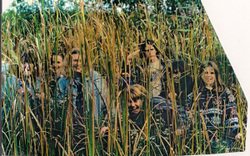 "Somewhere Else"
"Somewhere Else" and fluffy, white snow
And Christmas and summer.
When I was little,
I watched Sesame Street and cartoons.
I still watch cartoons,
but not Sesame Street- very often.
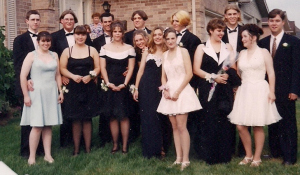
Because I like it that way.
Books and clothes are all over the floor,
But what else are floors for?
It’s organized chaos.
I wish I were rich,
And if I were
I’d have a bigger house,
More clothes,
And an expensive sports car.
I’d travel all over the world
in my very own private jet.
But I’m not rich.
Dreams are free.
 Coffee, my cat
Coffee, my cat My brother, who is my friend,
And Coffee, my cat.
My name is Nikki.
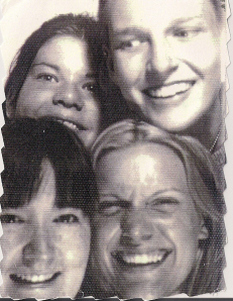
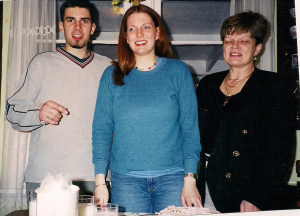
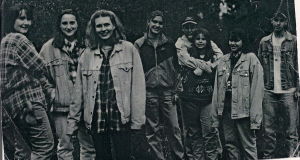
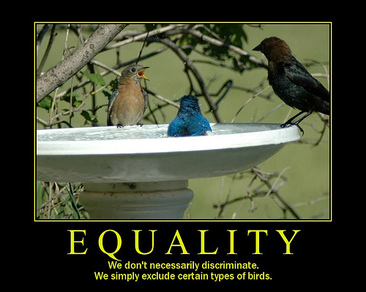
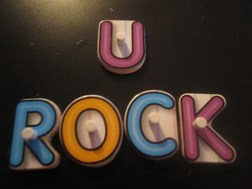


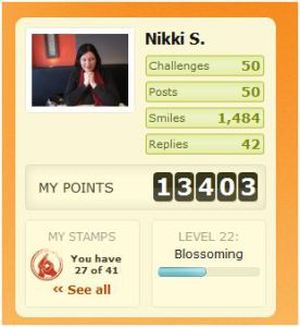

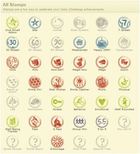
 RSS Feed
RSS Feed
